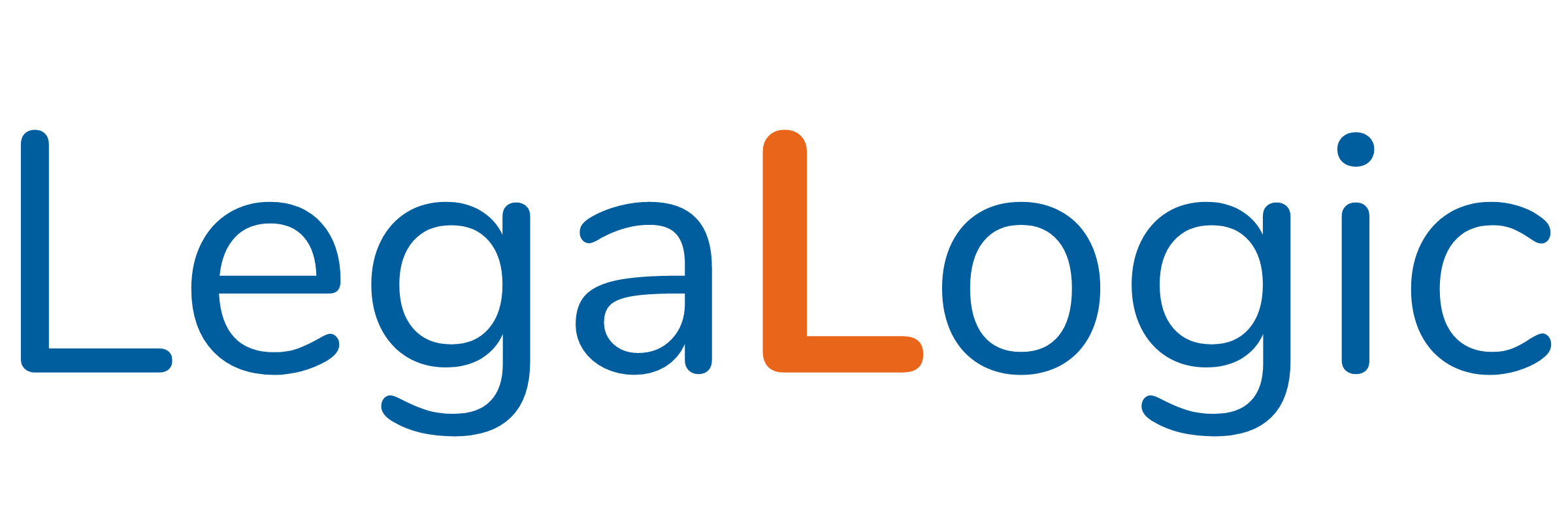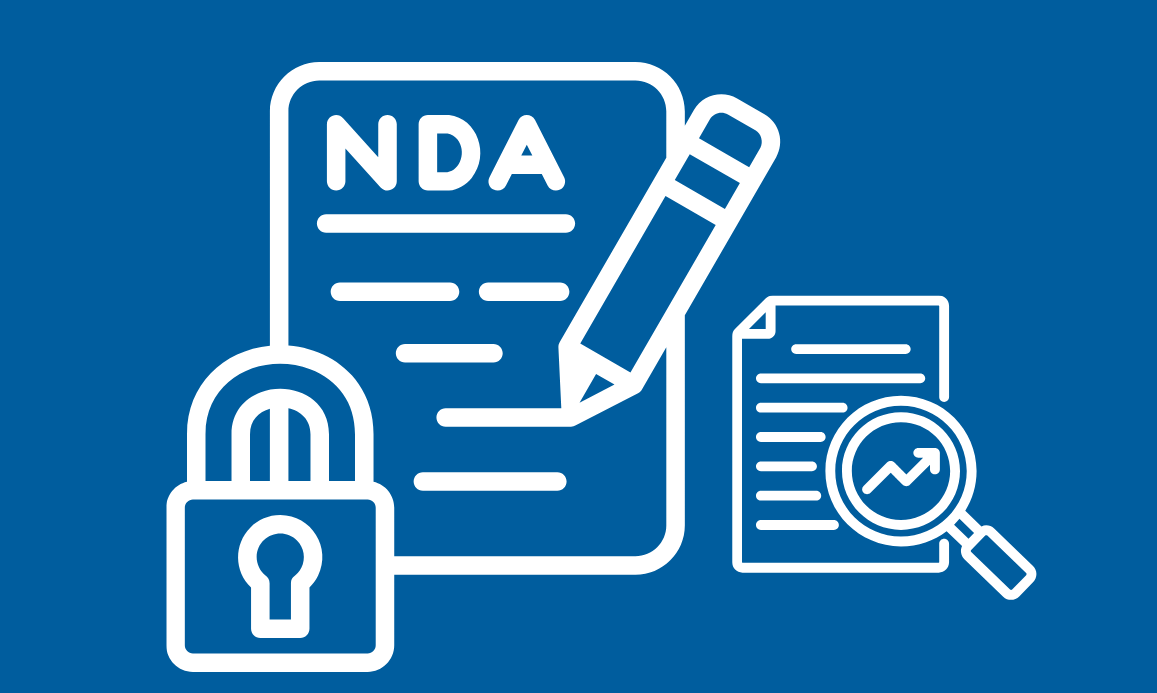Data Privacy Newsletter – Pseudonymisation : April 2025
What is Pseudonymizations?
Pseudonymisation has long been used as a technical measure to protect individuals’ privacy. Traditionally, it is understood as the process of replacing identifiable information with pseudonyms to prevent direct identification. In this approach, pseudonyms are carefully chosen to ensure they do not reveal the individual’s identity.
However, the General Data Protection Regulations (“GDPR”) codifies a more structured legal definition and scope of pseudonymisation.
Legal Provisions on Pseudonymisation
Pseudonymisation is defined in Art. 4(5) GDPR as “the processing of personal data in such a manner that the personal data can no longer be attributed to a specific data subject without the use of additional information, provided that such additional information is kept separately and is subject to technical and organizational measures to ensure that the personal data are not attributed to an identified natural person.”
In simple terms, pseudonymisation involves replacing identifying details (such as names or ID numbers) with pseudonyms—alternative identifiers that do not directly reveal an individual’s identity. However, these pseudonyms can still be traced back to the individual if the necessary reference data (additional information) is available.
For example, a business may replace customer names in a database with unique codes. The key that links these codes back to real names is stored separately and protected. This ensures that even if the pseudonymised data is exposed, it cannot be easily linked to individuals without access to the additional information.
In another scenario, consider a customer database where names and email addresses are replaced with unique codes (e.g., “User421” instead of “John”). While the business can still re-identify users by cross-referencing a separate key, the risk of exposure in case of a data breach is significantly lower.
Legal Provisions on Pseudonymisation
a. Risk Reduction
Pseudonymisation significantly reduces confidentiality risks when done effectively.
- Preventing the disclosure of direct identifiers to unauthorized parties.
- Reducing the impact of data breaches by ensuring exposed data cannot be easily linked to individuals.
- Enhancing data accuracy by assigning distinct pseudonyms, minimizing the risk of misattribution.
b. Data Protection by Design and Default
Pseudonymisation supports data protection by design and by default, as required by Article 25(1) GDPR. It enables businesses to:
- Implement data minimization by limiting access to identifiable data.
- Enhance confidentiality and fairness in data processing.
- Reduce risks while maintaining compliance with legal requirements, ensuring that only necessary personal data is processed in an identifiable form.
c. Strengthened Security Measures
According to Article 32(1) GDPR, pseudonymisation contributes to an appropriate level of security by:
- Lowering the consequences of unauthorized data access. Even if an unauthorized party accesses pseudonymised data, they cannot misuse it without the additional information.
- Acting as an additional layer of protection, especially when combined with encryption and access controls.
- Allowing businesses to mitigate data protection risks while maintaining operational efficiency.
While pseudonymisation significantly enhances security, it must be combined with other safeguards to ensure full compliance and protection of personal data.
Challenges with Pseudonymisation
While pseudonymisation enhances data protection, it also comes with certain challenges that businesses must carefully manage.
a. Unauthorized Reversal of Pseudonymised Data
A key challenge with pseudonymisation is the risk of someone, in an unauthorised manner, reversing the process and identifying individuals. Such unauthorised reversal could potentially lead to a data breach, requiring businesses to notify regulators and possibly the affected individuals. For instance, if a company replaces customer names with unique codes but fails to protect the list that links these codes to real identities, an unauthorized person could access it and re-identify individuals. To mitigate this risk, businesses must implement strong security controls and keep the additional information strictly protected and isolated.
b. Implications for Data Subject Rights
Pseudonymised data is still considered personal data, meaning data subjects’ rights under the GDPR still apply. If a business cannot access the necessary additional information for re-identification, the data subject’s rights may be limited. In such cases, the business must inform the data subject, as required by Article 11, and explain how they can exercise their rights. This creates a challenge in balancing data protection while ensuring individuals can access and control their data.
Pseudonymisation vs. Anonymisation
We often confuse anonymisation with pseudonymisation, assuming they are the same. However, the key distinction between the two is that while pseudonymisation allows data to be re-linked to individuals using additional information, anonymisation completely eliminates any chance of re-identification.
Anonymisation is the process of permanently removing any identifying information from data, ensuring it cannot be linked to an individual. Once data is anonymised, it no longer qualifies as personal data and is no longer subject to GDPR protections. This method offers the highest level of privacy protection, as even if the data is exposed, it cannot be traced back to an individual. However, this also means the data cannot be used in situations where identification is necessary, limiting its potential applications.
About us:
LegaLogic (www.legalogic.com) is a full-service law firm with more than 50 people team. Founded in 2013, LegaLogic has been advising across industry segments. It is a go-to firm for Corporate Commercial Matters, M&A, Intellectual Property, Employment Law, Real Estate, Dispute Resolution, Litigation, India Entry Strategy and Private Client Practice. To know more about our Data Privacy Practice, please write to us at data.privacy@legalogic.com.
Disclaimer:
This newsletter is for informational purpose only and should not be treated as legal advice or opinion. No part of this newsletter should be considered an advertisement or solicitation of professional services of LegaLogic.





